LVT Flooring Installation
Fill in your details below - we'll reach out to schedule a free quote!
We will get back to you as soon as possible
Please try again later
LVT Flooring Installation Company
JD Flooring is a local flooring installation company that specializes in LVT flooring installation.
Our flooring installation contractors have years of experience in the industry and our team of experts are certified to install all major brands of LVT flooring.
We understand the importance of a quick and effective installation, so we work hard to complete every job in a timely manner.
We also clean up after ourselves so you can enjoy your new floors as soon as possible.
Contact us today to schedule a free consultation.
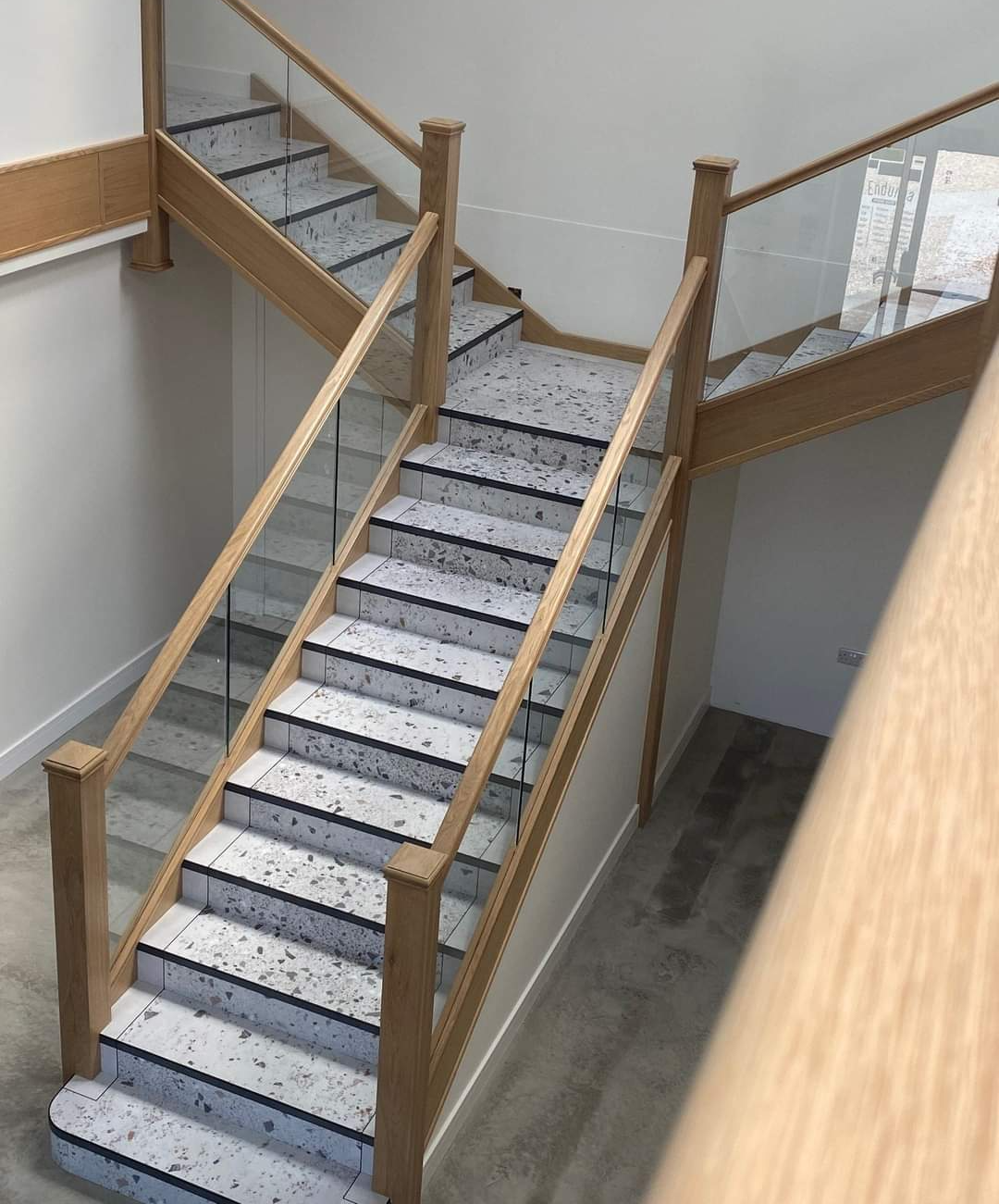
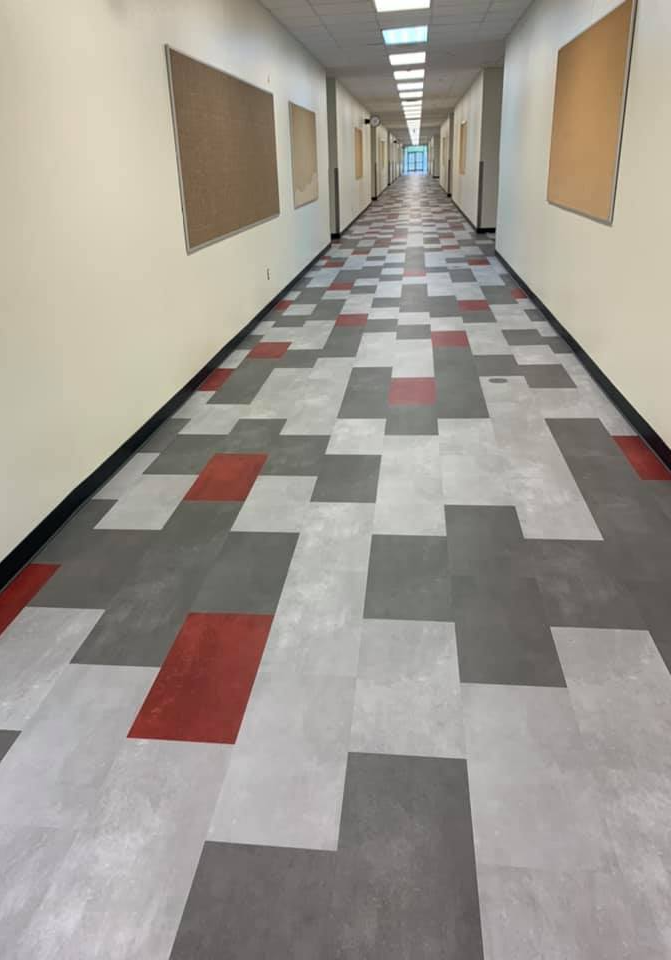
LVT Flooring Installation Contractors
At JD Flooring, we pride ourselves on being a trusted resource for all your flooring needs.
We are made up of a team of licensed and insured flooring installation contractors who are committed to providing high-quality workmanship.
We specialize in a variety of flooring types, including hardwood, laminate, vinyl, and carpet. We also offer a wide range of finishes, so you can choose the perfect look for your home or business.
In addition to our installation services, we also offer repair and maintenance services.
Whether you need a new floor installed or your existing floor repaired, we are here to help.
Contact us today to schedule a free consultation.
Local LVT Flooring Installation
Here at JD Flooring, we are experts in LVT installation, and we would be happy to help you choose the perfect flooring for your needs.
We work with a wide selection of LVT products from top brands, and our team of professional installers can get the job done quickly and efficiently.
So if you're looking for a beautiful new floor that will last for years to come, then be sure to give us a call today.
We look forward to helping you transform your space!
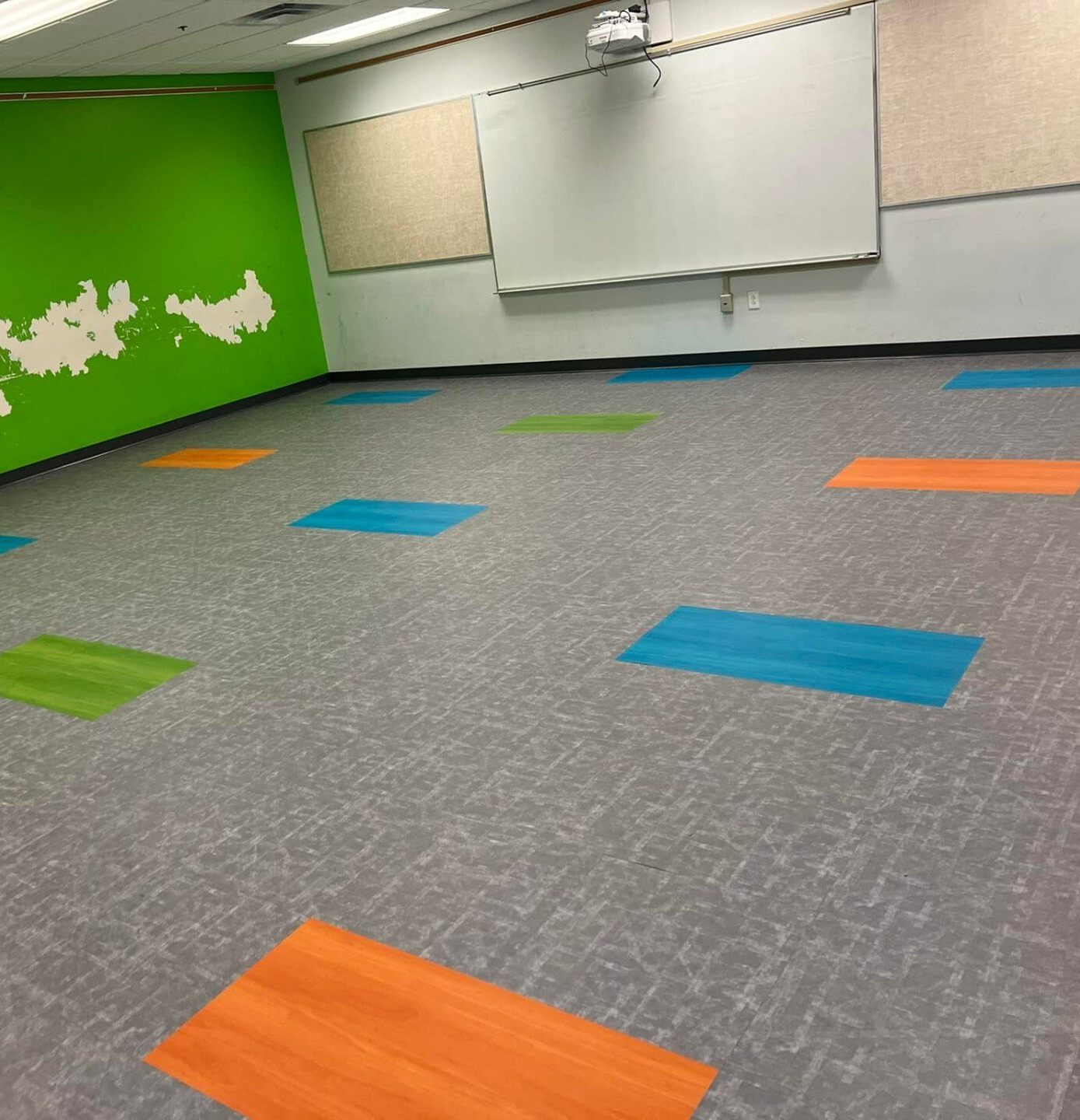
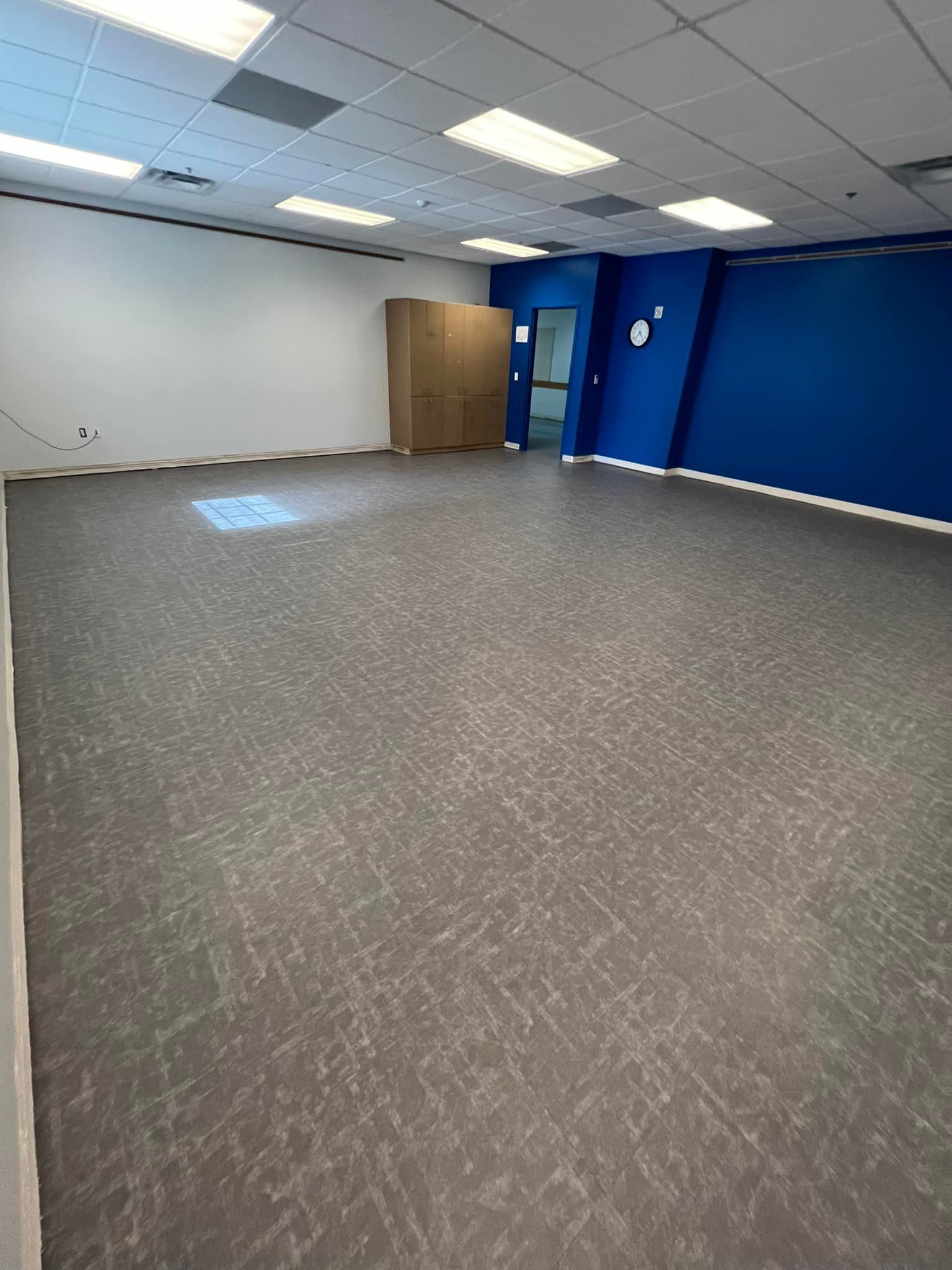
What is LVT Flooring?
LVT stands for luxury vinyl tile, and it is a type of flooring that is designed to resemble stone or wood. Unlike traditional vinyl flooring,
LVT is made with multiple layers of material that are fused together.
The top layer is a clear wear layer that helps to protect the design from scratches, stains, and fading.
The middle layer is a high-density core that provides stability and durability.
The bottom layer is a backing that helps to prevent the floor from slipping.
LVT is a popular choice for both residential and commercial settings because it is easy to maintain and comes in a variety of colors and designs.
LVT Flooring Installation Process
The process for installing LVT floors is a bit more complicated than your typical vinyl floor installation.
Because LVT comes in a variety of shapes, sizes and materials of manufacture, it's important to follow a strict process for installation.
Choose Your LVT Flooring Product
The first step in the LVT flooring installation process is for the customer to choose their flooring product.
The brand & style of tile they choose is important because it will help determine some of the steps of the installation process.
For example, if the customer chooses a floating LVT floor, then the subfloor must be level, clean, and free of debris before installation can begin.
Once the type of product is chosen, the next step is to measure the space to determine how much flooring will be needed.
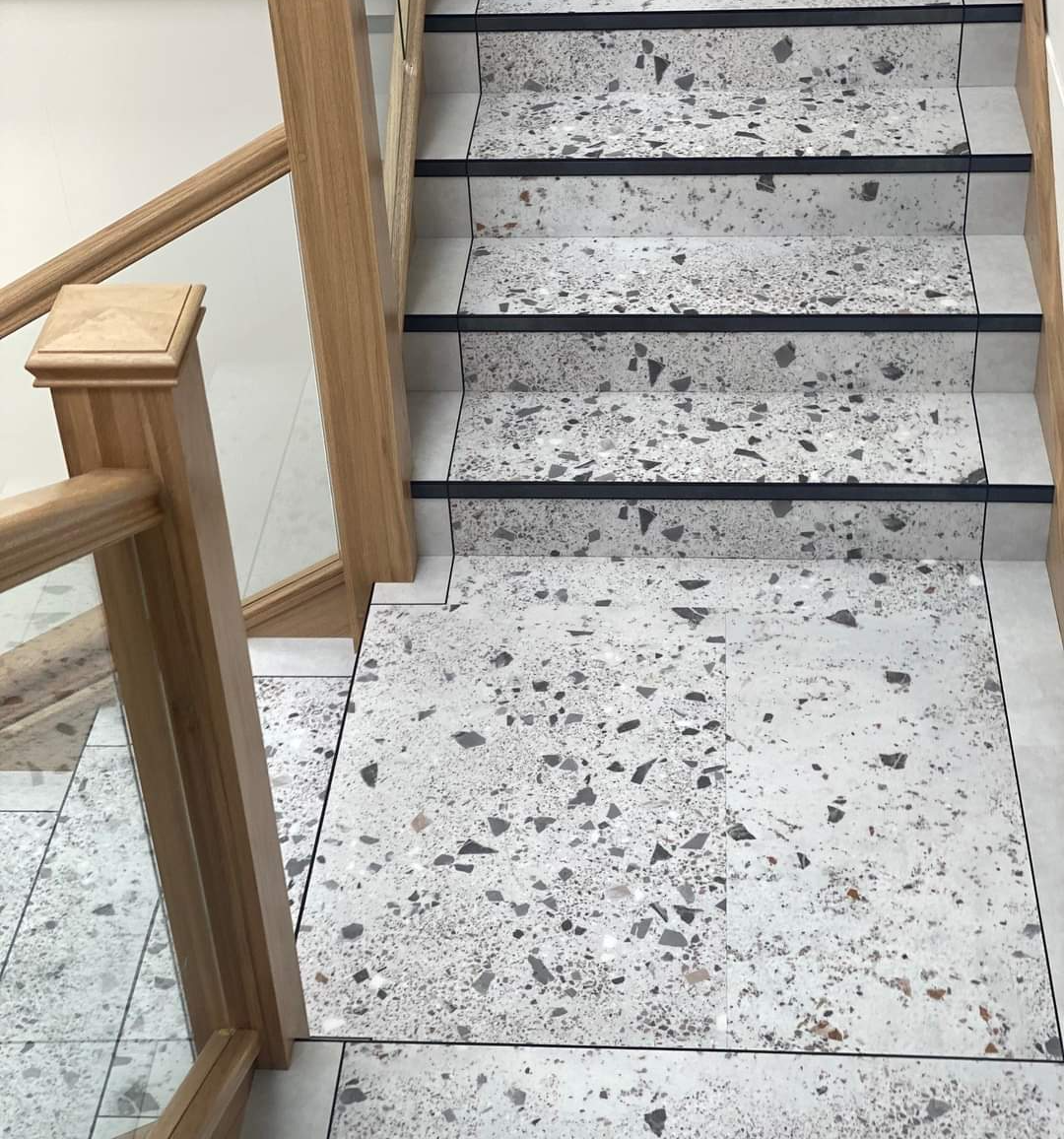
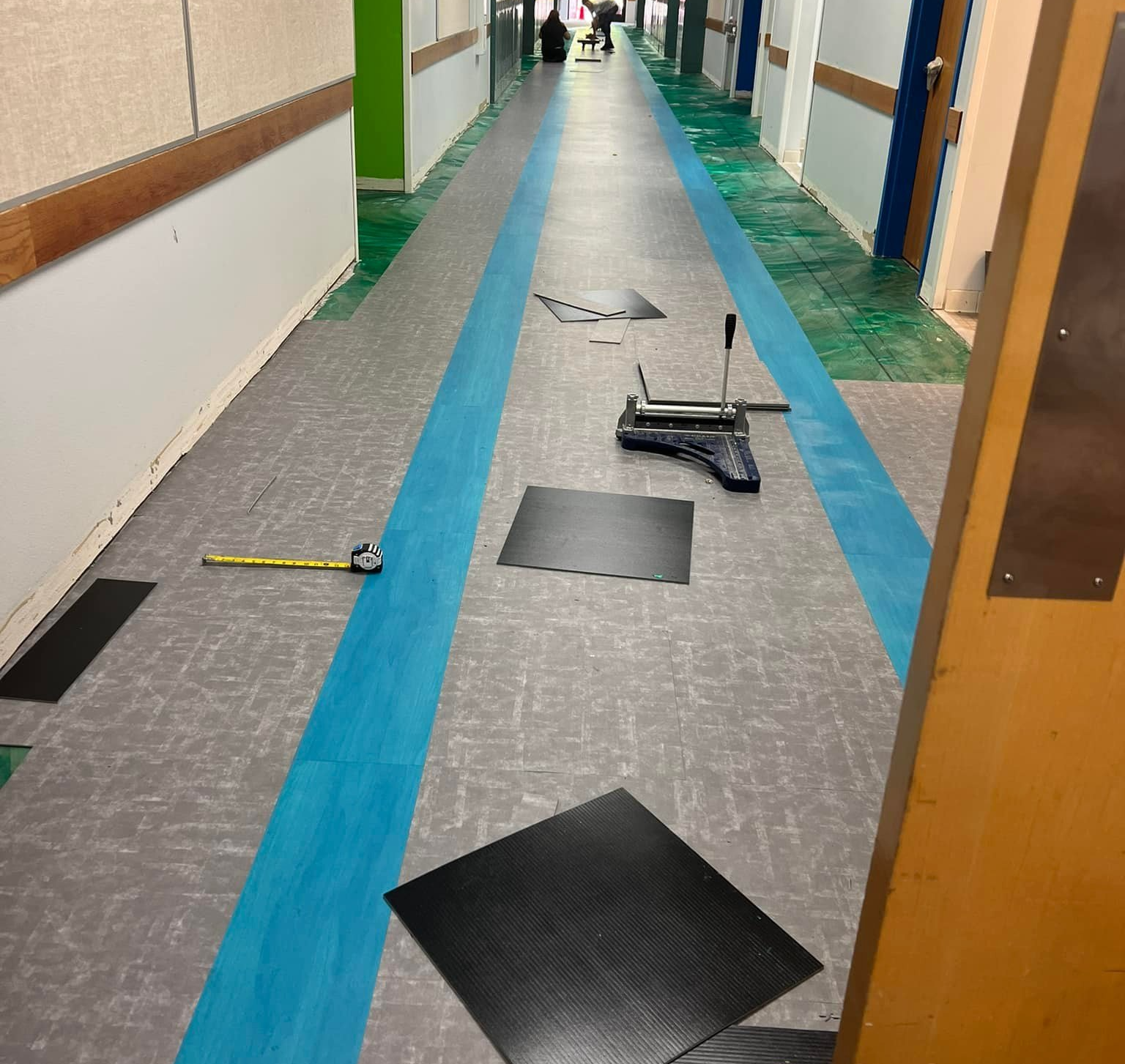
Take Accurate Measurements
After the customer has chosen their LVT product, the next step is to take accurate measurements of the space.
This is a critical step because it will help to determine how much flooring will be needed.
It's important to measure both the length and width of the room, as well as the doorways and any other areas that need to be taken into account.
Once the measurements have been taken, we can move on to preparation.
Remove the Baseboards
The next step in the process is to remove the baseboards.
This is important because it will give us a clear area to work with and help to prevent damage to the baseboards during installation.
We will also need to remove any nails or screws that are holding the baseboards in place.
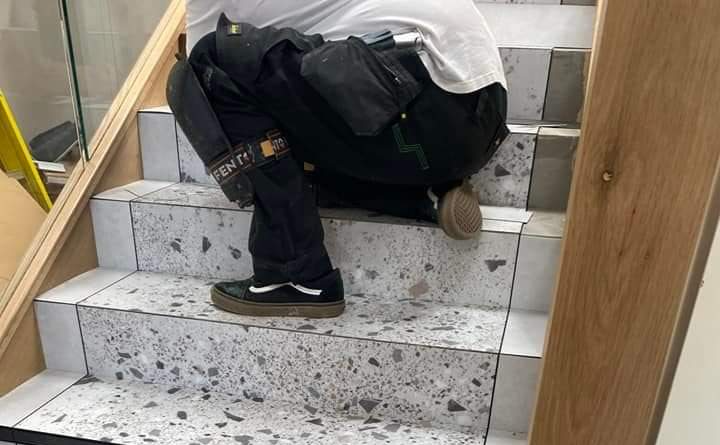
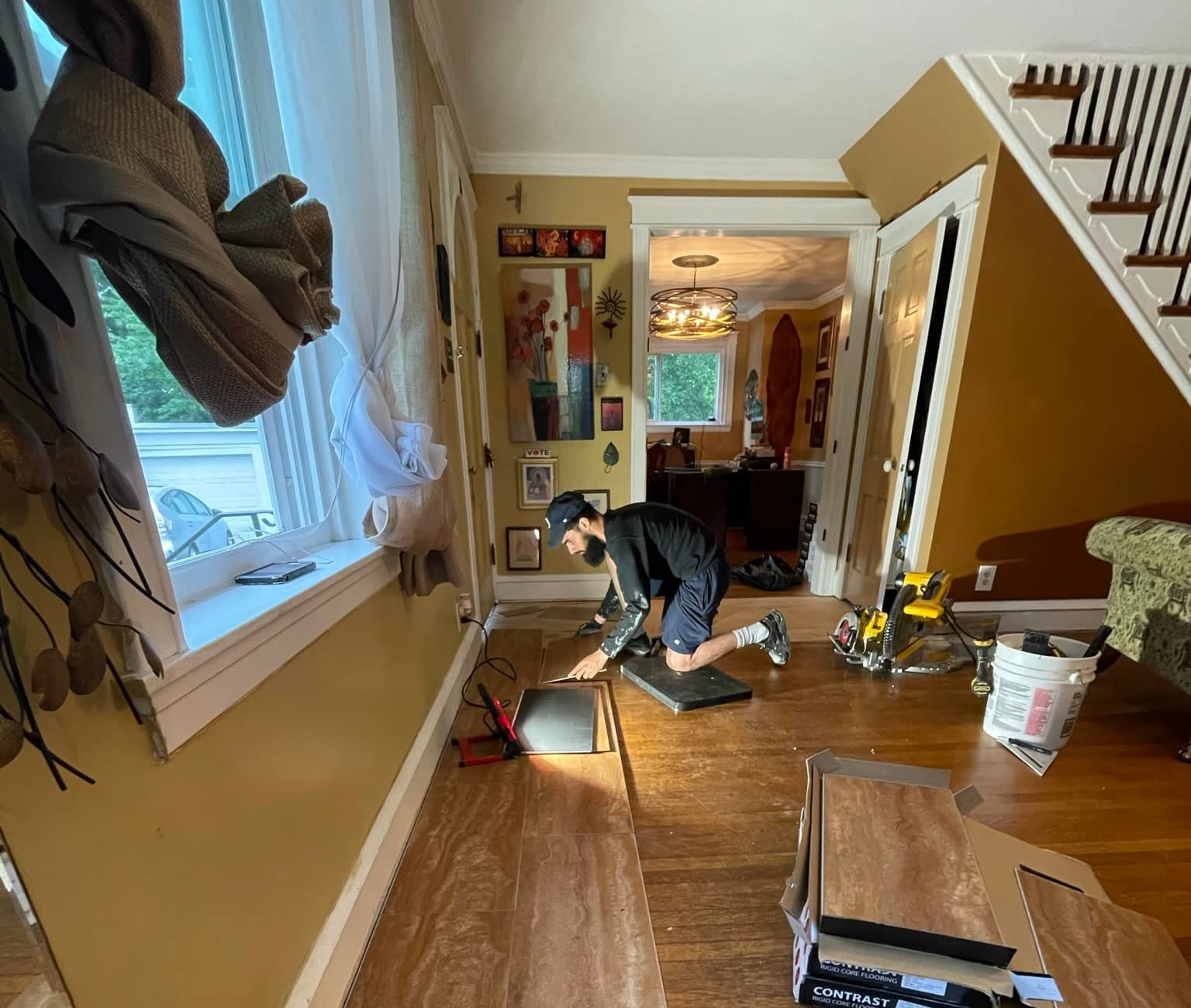
Prepare the Subfloor
After the baseboards have been removed, we can begin preparing the subfloor.
This step is important because it will help to ensure that the LVT flooring is installed properly.
The first thing we will do is to clean the subfloor and remove any dirt, dust, or debris that could potentially interfere with the installation process.
We will also need to check the subfloor for any damage and make repairs as needed.
Plan the Floor Layout
The next step is to plan the floor layout.
This is important because it will help to determine the best way to install the LVT flooring.
We will need to take into account the size and shape of the room, as well as any doorways or other obstacles that might be in the way.
Once we have a plan, we can move on to installation.
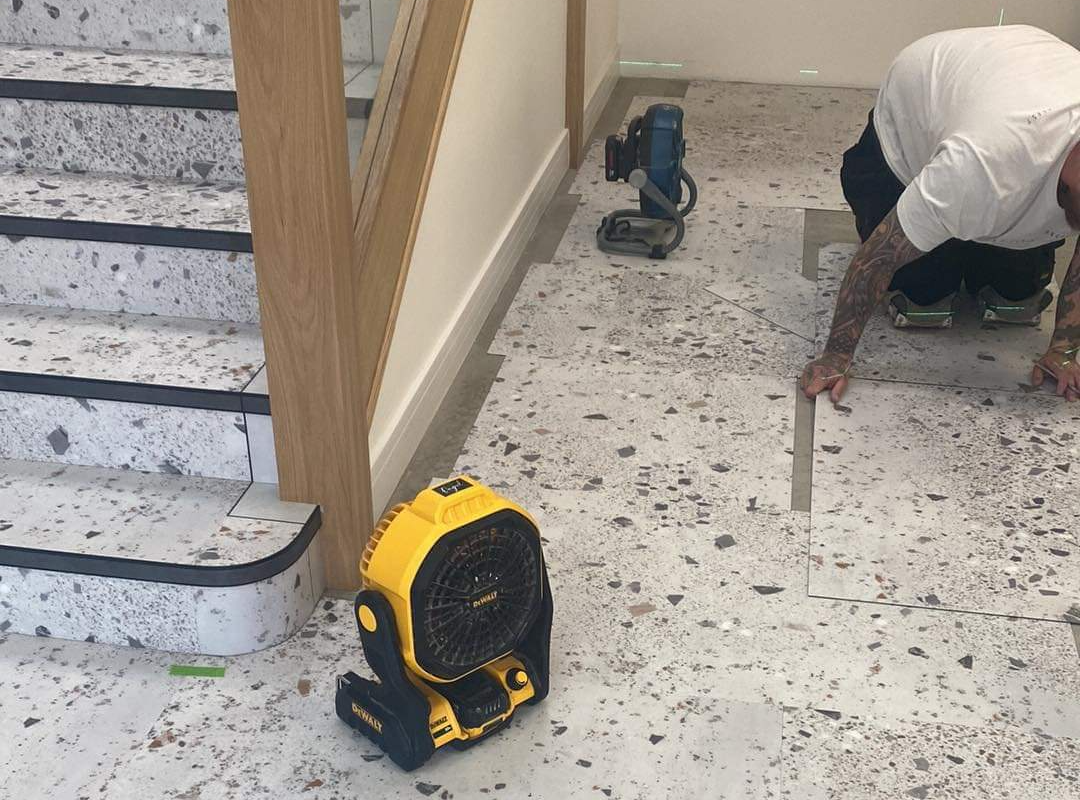
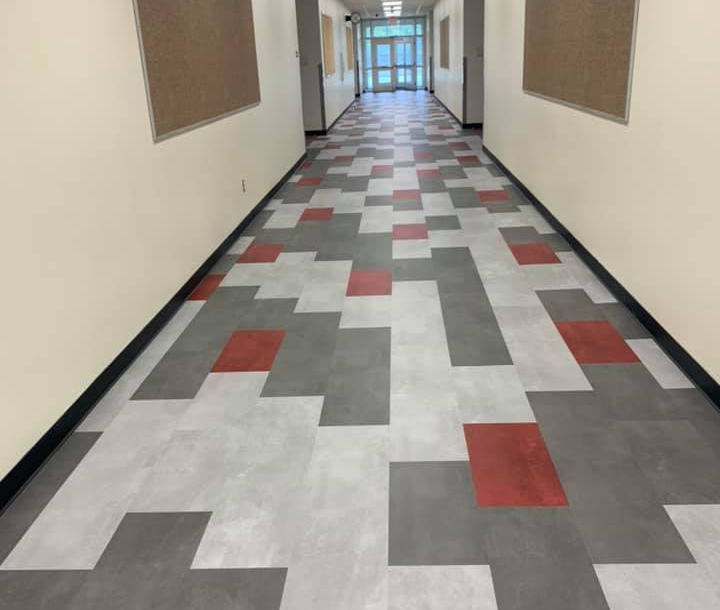
Install the Underlayment
The next step in the process is to install the underlayment.
This is a critical step because it will help to provide a smooth surface for the LVT flooring.
We will need to unroll the underlayment and cut it to fit the size of the room.
Once the underlayment is in place, we can move on to installing the LVT flooring.
Install the Flooring
The next step is to install the LVT flooring.
This process will vary depending on the type of product that was chosen.
For example, if the customer chose a floating LVT floor, then we would need to install a vapor barrier and underlayment before installing the flooring.
We would then need to follow the manufacturer's instructions for installing the flooring.
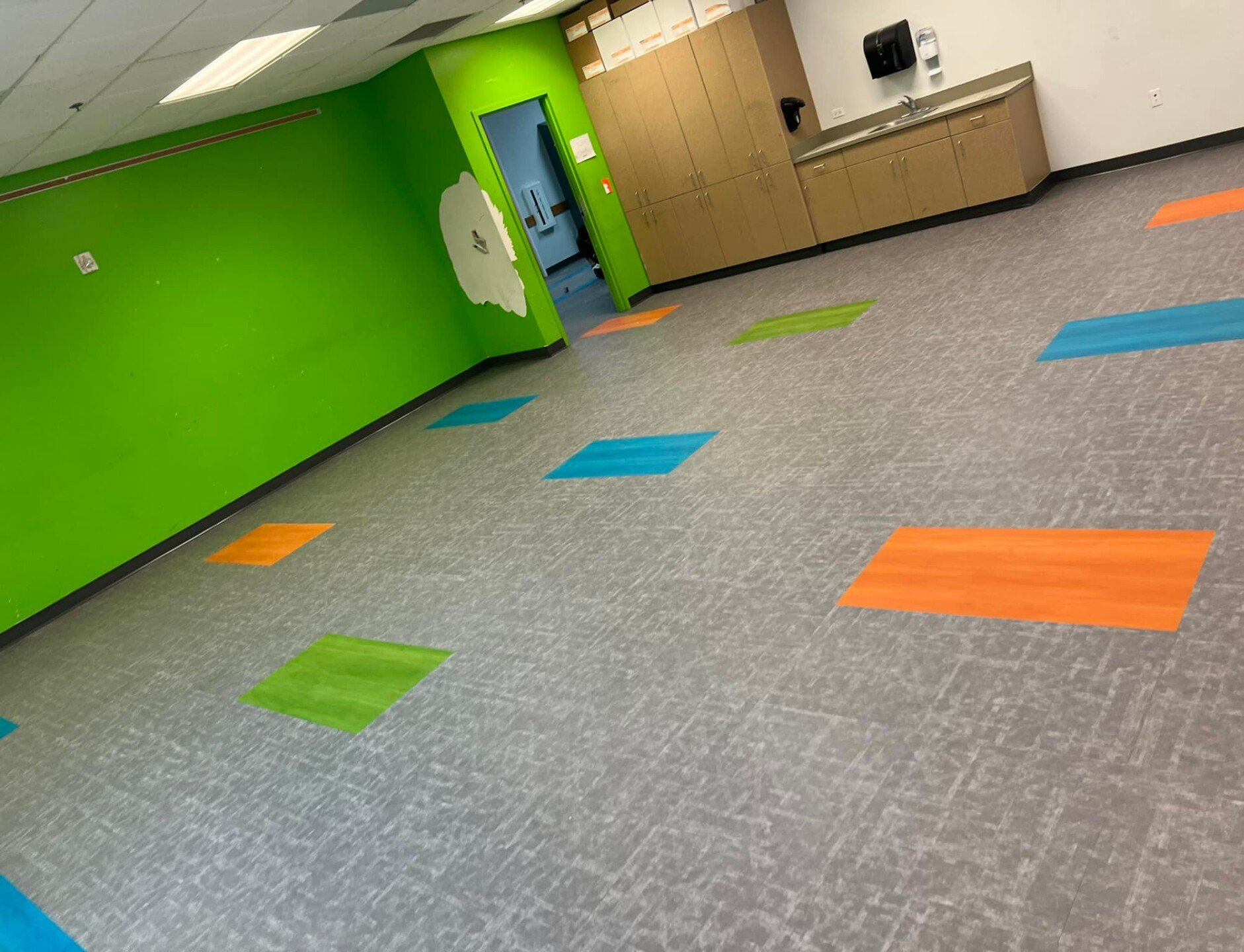
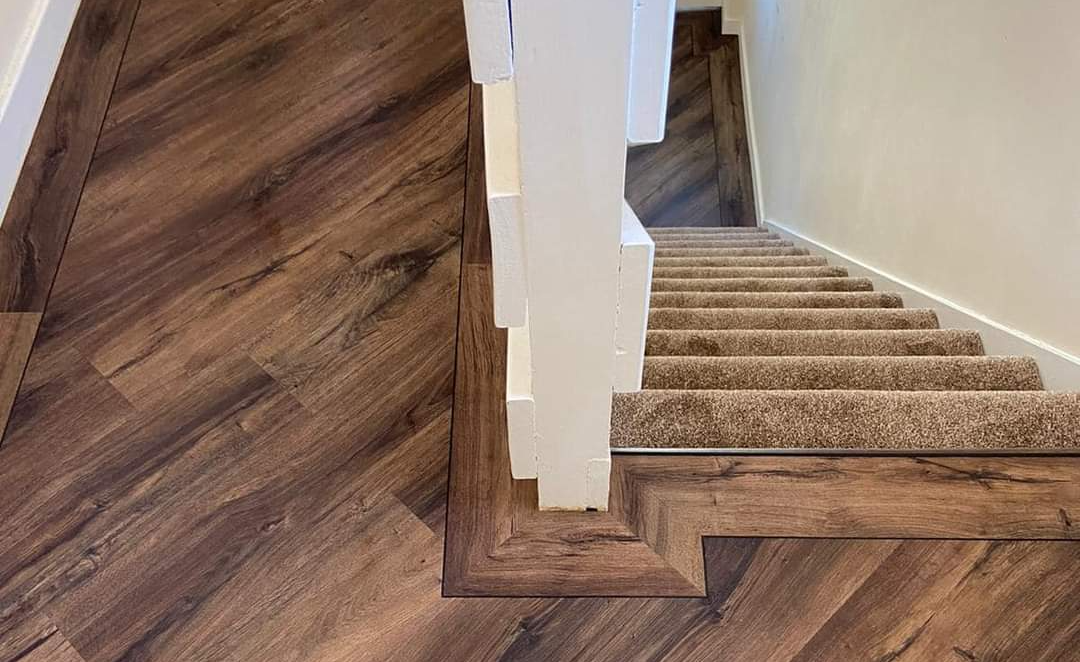
Replace the Baseboards
After the flooring has been installed, the next step is to replace the baseboards.
This is important because it will help to protect the edge of the LVT flooring and give the room a finished look.
We will need to measure and cut the baseboards to fit, and then use nails or screws to secure them in place.
Finishing Touches
The final step in the installation process is to add any finishing touches.
This includes adding trim around the edges of the room and cleaning up our mess.
Once the installation is complete, you can enjoy your new LVT flooring for years to come!
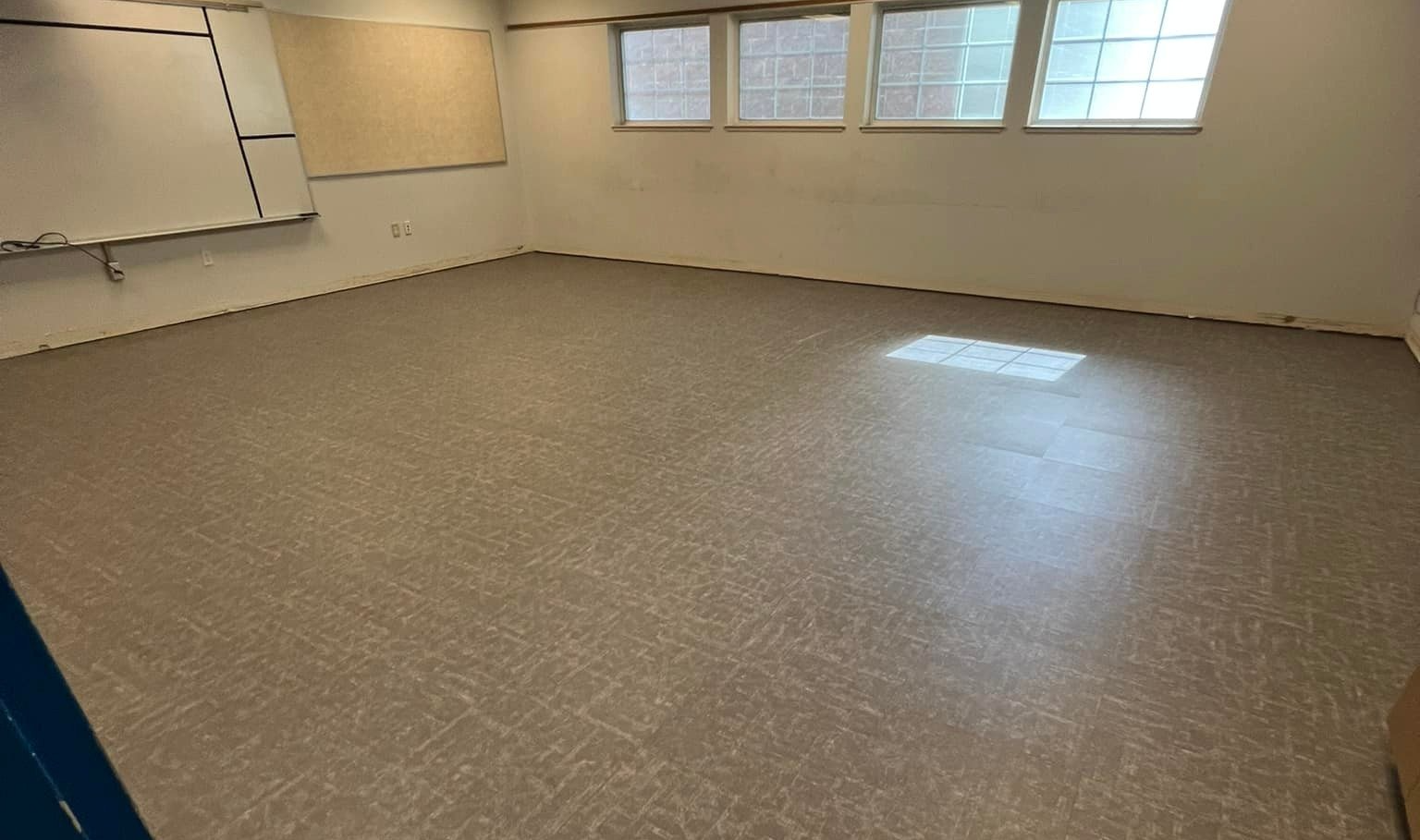
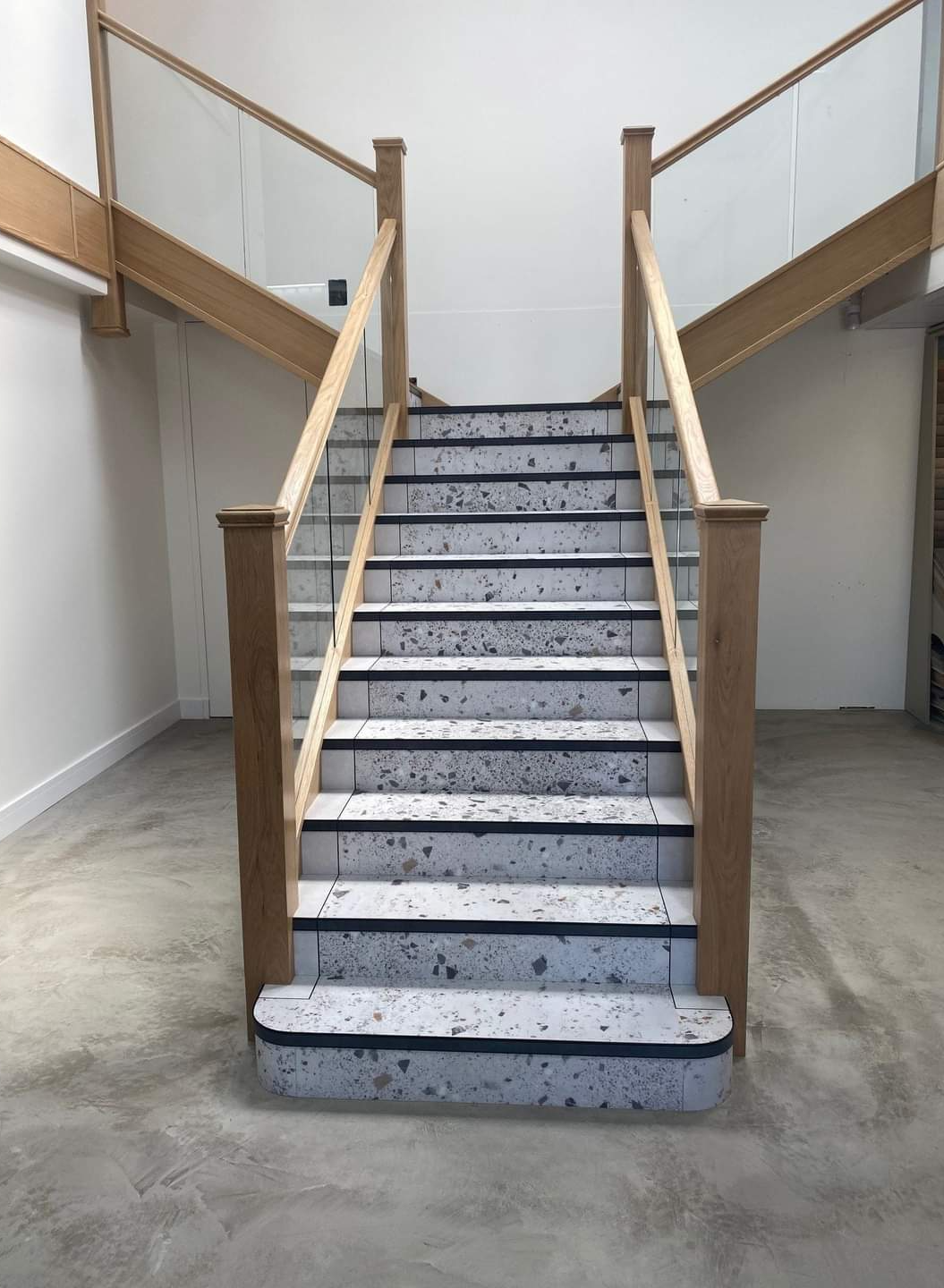
Benefits of LVT Flooring Installation
Luxury vinyl tile, or LVT, is a versatile and durable flooring option that can be used in a variety of settings, from high-traffic areas like kitchens and bathrooms to more low-key spaces like bedrooms and living rooms.
LVT is made up of several layers of vinyl pulee sandwiched between an engineered backing and a clear wear layer.
This construction makes LVT exceptionally resistant to staining, scratching, and fading, and it also provides a cushioned feel underfoot that is comfortable for bare feet.
In addition, LVT is easy to clean and maintain, and it can be installed over most existing flooring surfaces.
For these reasons, LVT has become a popular choice for homeowners who are looking for a beautiful and durable flooring solution.
How to Maintain LVT Flooring
We've just installed LVT flooring in your home and you want to make sure it looks good for years to come.
Here are a few tips on how to maintain your new floors:
- Sweep or vacuum regularly to remove dirt and dust.
- Place mats at entrances to collect dirt, sand, and debris before it gets tracking onto your floors.
- Wipe up spills immediately using a damp cloth or mop.
- Avoid using harsh cleaners or abrasive materials that could damage the surface of your floors.
By following these simple tips, you can keep your LVT floors looking like new for years to come.
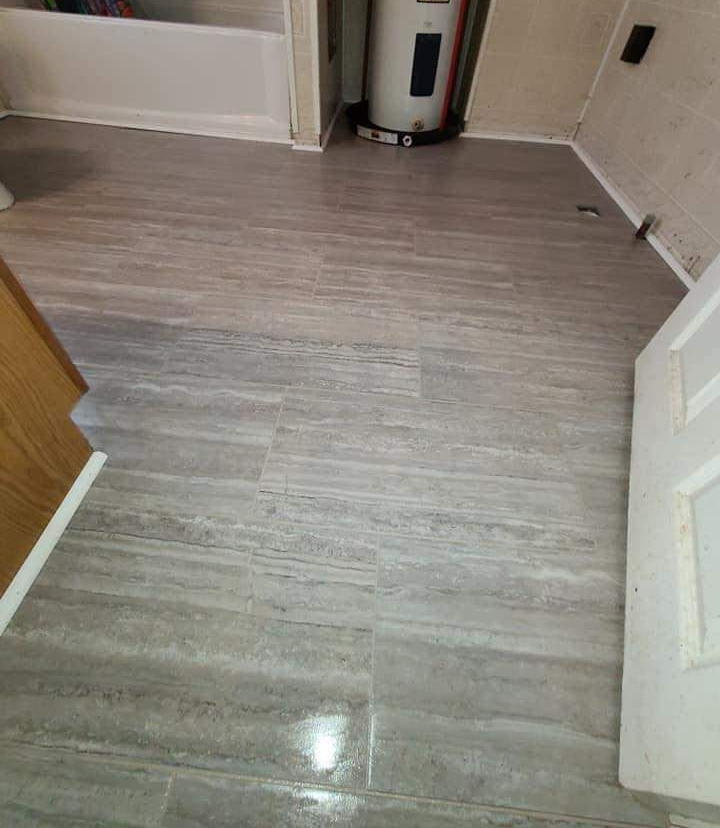
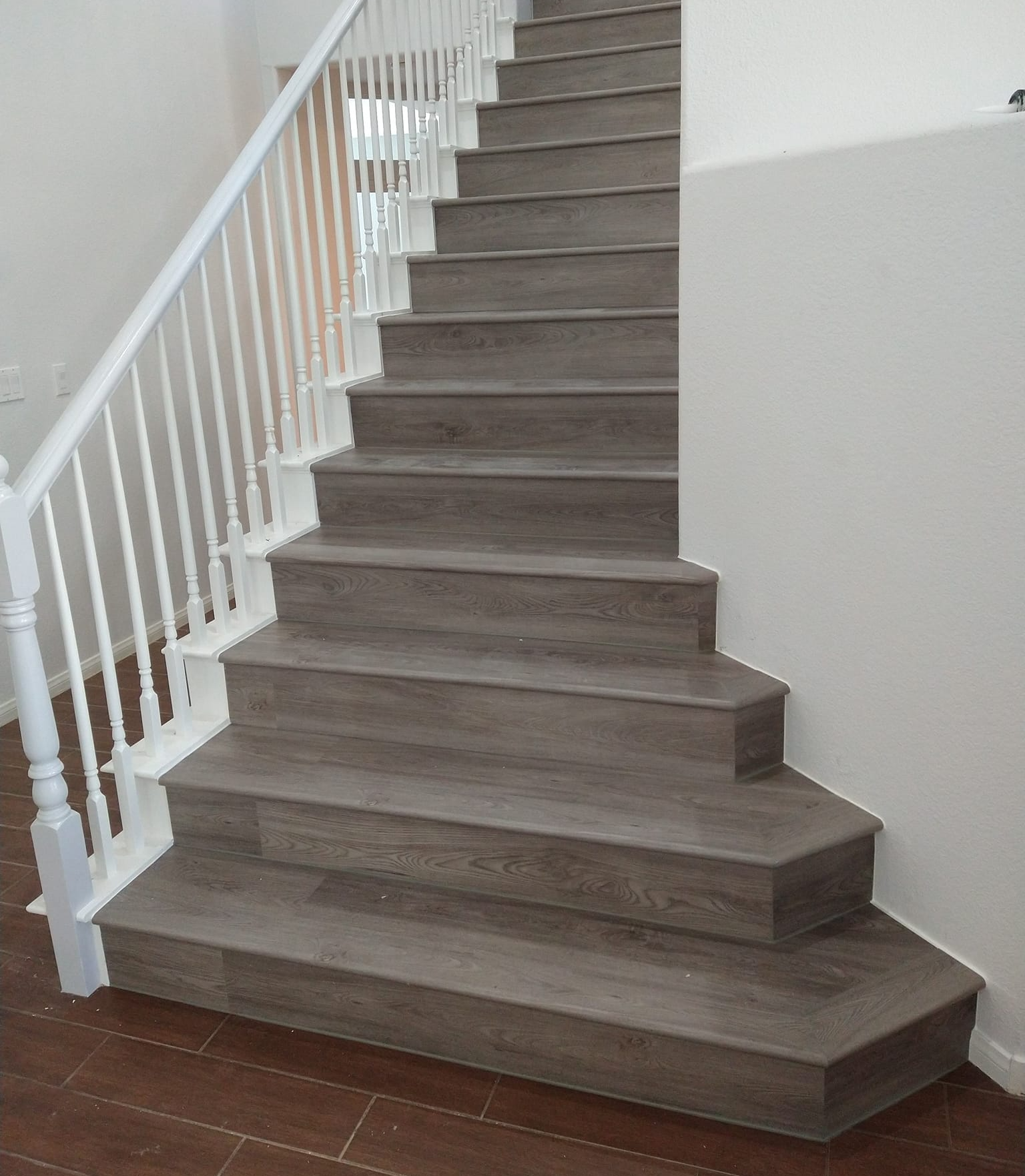
How Much Does LVT Flooring Installation Cost?
The cost of LVT flooring installation can vary depending on a number of factors, including the type and size of the space, the condition of the subfloor, and the complexity of the installation.
The type of LVT flooring you choose will also affect the cost.
Installation costs will vary depending on the type and size of the space, the condition of the subfloor, and the complexity of the installation.
However, with its durability and beauty, LVT flooring is an investment that will pay off in both style and function for years to come.
LVT Flooring Installation FAQs
What goes underneath LVT?
LVT can be installed over a variety of subfloors, including concrete, plywood, and even existing vinyl floors. In most cases, you will not need to add anything underneath LVT before installation.
However, in some cases (such as with concrete subfloors), it may be necessary to install a vapor barrier or underlayment before installing the LVT.
Does LVT flooring need an underlay?
Many people are surprised to learn that LVT flooring (also known as luxury vinyl tile) does not always need an underlay. This type of flooring is already very thin and lightweight, so it can be installed directly over subfloors such as concrete or plywood.
In addition, LVT flooring is often made with a built-in underlayment that provides some cushioning and noise reduction. However, there are some cases where an underlay may still be necessary.
For example, if the subfloor is uneven or damaged, an underlay can help to level it out. In addition, an underlay can provide extra insulation and soundproofing, which may be beneficial in rooms that get a lot of foot traffic or are located near noisy areas.
What happens if you don't install underlayment?
The underlayment provides a smooth surface for the LVT to adhere to and also helps to insulate the floor. Without an underlayment, the LVT may not lay flat and may eventually come up at the corners.
In addition, the lack of insulation can make the floor cold to the touch and increase energy costs. For these reasons, in most cases it is important to make sure that LVT is installed with an underlayment.
How long does it take to lay lvt floors?
The type of LVT you choose will have a big impact on the installation time. Tiles with a click-lock system can be laid down quickly and easily, while those that need to be glued or nailed in place will take longer.
In addition, the size and shape of the room you're working in will also affect the installation time. Overall, laying down LVT floors is a quick and easy process that can be completed in a matter of hours.
How long do lvt floors last?
LVT floors are a popular choice for both commercial and residential applications. Thanks to their durability, LVT floors can last for many years with proper care and maintenance.
However, the exact lifespan of an LVT floor will depend on a number of factors, including the quality of the product, the amount of traffic it receives, and how well it is maintained.
With proper care, an LVT floor can provide many years of trouble-free service. However, if it is not properly cared for, an LVT floor will show signs of wear and tear much sooner.
To get the most out of your investment, be sure to follow the manufacturer's instructions for cleaning and maintenance.
With proper care, your LVT floor will provide years of beauty and durability.
What's the difference between lvt and vinyl plank?
LVT (luxury vinyl tile) and vinyl plank are two types of vinyl flooring. They are both made from polyvinyl chloride (PVC) and have a protective clear top layer.
LVT is designed to look like stone or ceramic tile, while vinyl plank looks like wood. Both are durable and easy to care for, but there are some important differences between them.
LVT is thicker and more rigid than vinyl plank, making it more resistant to indentations and wear. It is also more resistant to water, so it is a good choice for bathrooms and kitchens.
However, it is more expensive than vinyl plank. Vinyl plank is thinner and more flexible, making it easier to install. It comes in a variety of colors and styles, including realistic wood-look floors.
It is a good choice for high-traffic areas such as hallways and living rooms.
Why are people opting for LVT when they can get ceramic tile for about the same price?
Luxury vinyl tile, or LVT, is a rapidly growing category in the flooring industry. And it's no wonder why LVT has become so popular in recent years.
Thanks to advances in technology, LVT now offers realistic wood and stone looks at a fraction of the price of the real thing. What's more, LVT is highly durable and easy to maintain, making it an ideal choice for busy families and pet owners.
What are the disadvantages of lvt flooring?
One of the main disadvantages to LVT flooring is that it can be very slippery when wet. This can pose a serious safety hazard in areas where there is a lot of foot traffic, such as in hospitals or schools.
Additionally, LVT flooring can be damaged by high heels or other sharp objects. It is also susceptible to staining and scratching, which can make it difficult to keep clean.
Another downside to LVT flooring is that it is not as durable as some other types of flooring, such as ceramic tile or hardwood.
As a result, it may need to be replaced more frequently.
Ultimately, LVT flooring has both advantages and disadvantages that should be considered before making a purchase.
Reach Out For a Free Quote
Send us a message using the form below, and we’ll get back to you as soon as we can.
We will get back to you as soon as possible
Please try again later
Copyright © 2015-2022 JD Flooring Installers | All rights reserved
Contractor Website by Curated Leads
